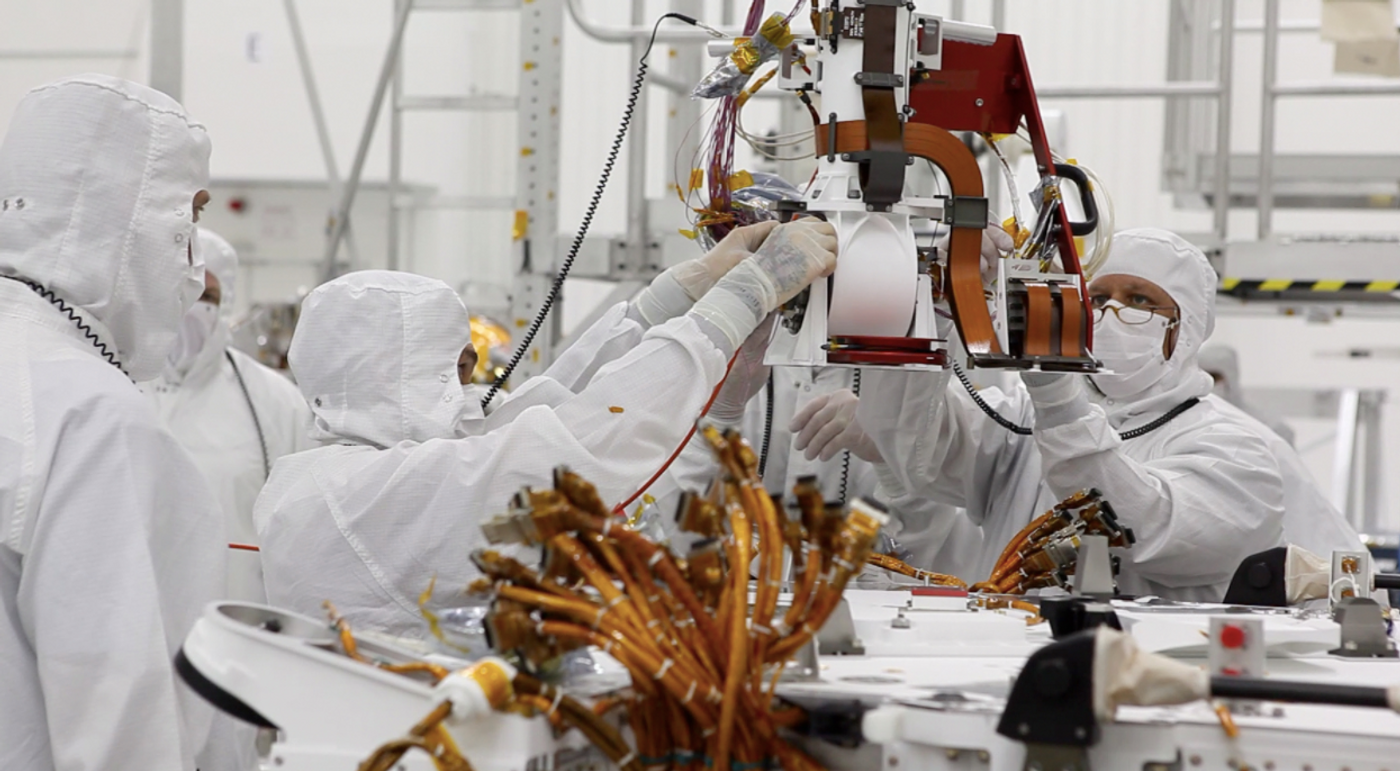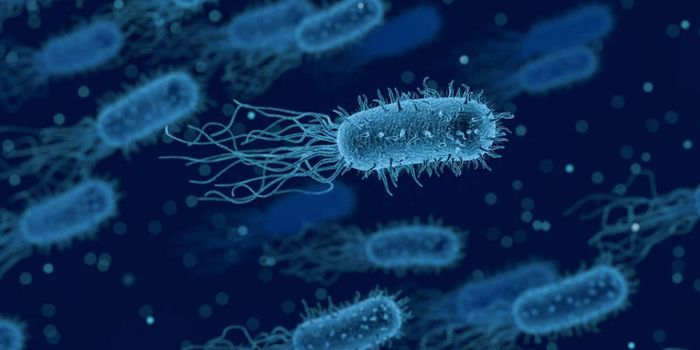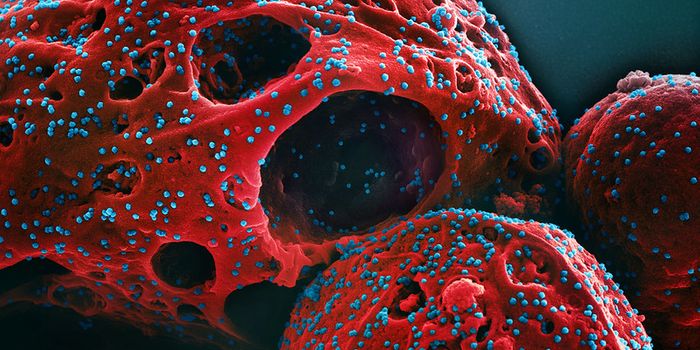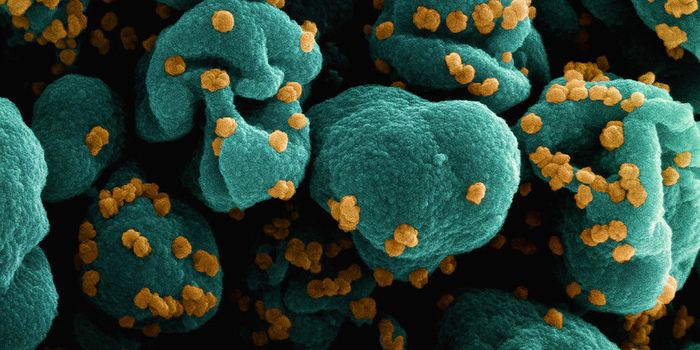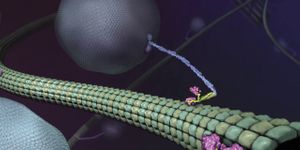Protecting Space From Earthly Contaminants
Planetary protection is an important part of space missions; it is meant to ensure that we will be able to study extraterrestrial environments as they exist. Scientists have learned that bacteria have no problem surviving space, so we can’t expect that a trip alone will kill any microbial hitchhikers. The objective is to prevent contamination in both directions as well; stuff from Earth shouldn’t contaminate anything in space, and samples brought back from space should not be released on Earth. The following video from Seeker explores this issue.
It is, of course, possible that there would be dangers to Earth’s environment or to humans if something from outer space was not properly controlled. Another very real risk is to the research. When assessing samples from a space mission, if cross-contamination had not been prevented, it would become impossible to know whether scientists were observing something that they brought along with them on a space mission, or if they were finding evidence of something that exists on another world.
According to NASA, as early as 1956 researchers were beginning to consider that contamination could occur during space travel. The Committee on Space Research (COSPAR) formed in 1958. The video explores more about how international groups came together to create a law defining how we could limit those risks. In the early days of space exploration, it was limited to programs that were run by governments; there was a tremendous amount of oversight.
Now, private companies are becoming more invested in space tourism. There is far less oversight of these missions, as evidenced by a recent stunt by SpaceX and Elon Musk when they launched a car into orbit. While they were cleared by the FAA for their project, it is unclear whether or not they decontaminated the vehicle before sending it on its way, and SpaceX has not commented.
The government has been prompted to move for oversight of these activities through The American Space Commerce Free Enterprise Act. While the FAA monitors launches that go as far as space, they have no authority after that. Now there is an interest in making sure that anything that is being sent to outer space will be properly cleaned first.
NASA uses clean rooms to construct spacecraft to minimize the risks, and they have surveyed these rooms for microbes. Their results have shown that even these carefully controlled environments are not totally germ-free. A rare bacterium that needs almost nothing to live was found in two of those rooms, hundreds of miles apart.
"We want to have a better understanding of these bugs because the capabilities that adapt them for surviving in clean rooms might also let them survive on a spacecraft," said Parag Vaishampayan, a microbiologist with NASA's Jet Propulsion Laboratory, and the lead author of a 2013 study about the microbe. "This particular bug survives with almost no nutrients."
